One thing I hadn’t been expecting Saturday before last was a blizzard, but that’s exactly what we encountered whilst travelling up through the heads of the valleys. What had started out as light rain rapidly deteriorated (or improved depending on your point of view) into heavy snow which began settling almost immediately. Before our very eyes the warm and sunny days of recent weeks were rolled back to something more akin to mid-winter, with temperatures to match! Of course now being four wheel powered we had no issues making progress but did discover that both cruise control and collision detection systems really don’t like the snow. Should have been obvious really but sensors can’t function all that well when covered in a blanket of the white stuff. Anyway, the reason we were up this way in the first place was to meet up with friends at Symonds Yat, somewhere I last visited many moons ago. It first came to my attention in the early 1990’s as a fairly reliable place to see nesting Peregrine Falcons. It seems strange now but back then the Peregrine’s population was still at dangerously low levels and to catch sight of one was a real cause for celebration. Now I can watch a pair from my office desk on most days yet, because of those early experiences, every sighting is still one I cherish. Getting back therefore was definitely something I wanted to do. We had a seven mile walk planned for the day taking in both banks of the River Wye yet initially the weather looked like it was going to continue to prove difficult. Although there was no snow on this side of the border we were still subject to torrential rain with low cloud rendering the view from Yat Rock almost non-existent.
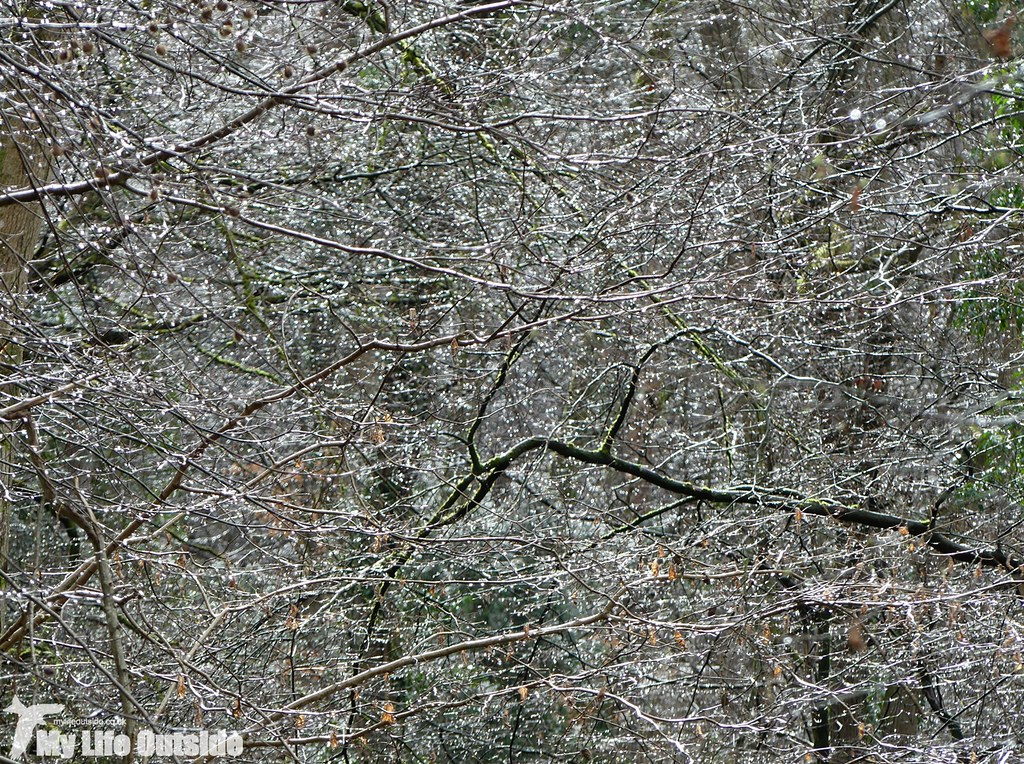
Thankfully by the time we’d made it down to the river the rain had let up a little and with a few rays of sunlight starting to break through were left to enjoy the spectacle of millions of water droplets acting as tiny reflectors. As if sensing the change birdsong also burst into life and, as with elsewhere of late, it was the Chiffchaffs and Willow Warblers which led from the front. We spotted several crawling through the woodland around us but it wasn’t until we’d crossed the river that I got my camera out for this male Blackcap in full song.
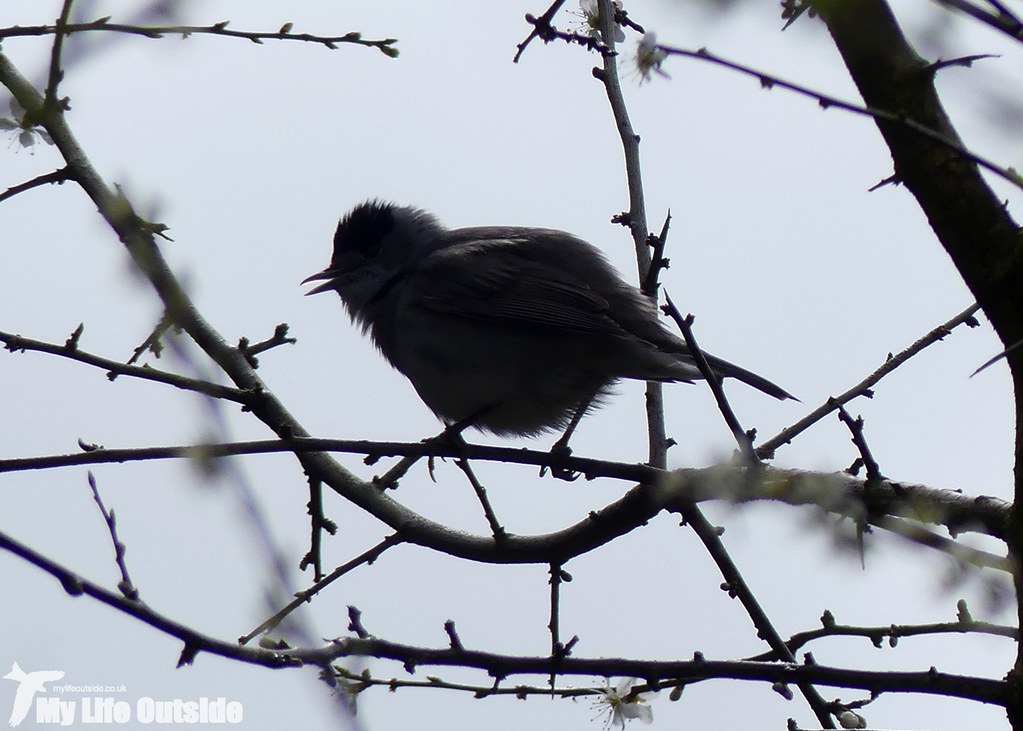
By now we were starting to enjoy some proper sunshine and walking through dappled shade afforded by the heavily wooded hillside proved to be a real delight. As with many of the valleys back home this area was not always so tranquil and was in fact one of the very first areas to become industrialised during the sixteen century. Back then iron works and limekilns were a common site and it was to a well preserved example of the latter that we headed next. Nestled amongst the trees it was good to see that a decent preservation job has been carried out recently, something which a lot of our local and older kilns on Gower are crying out for.
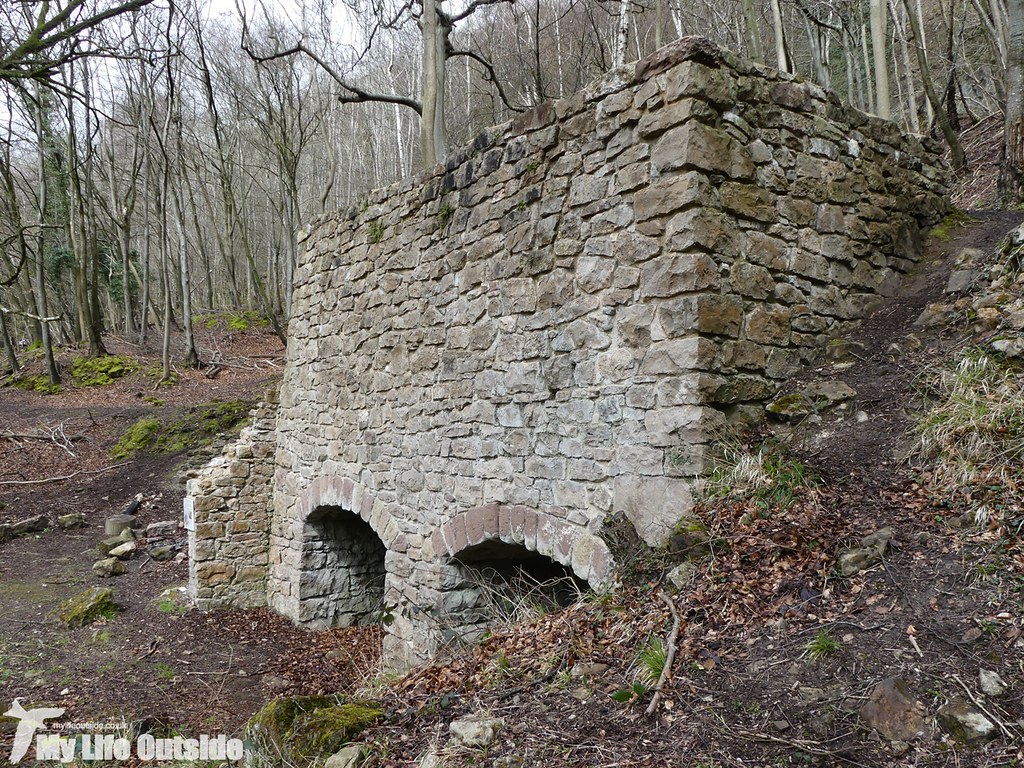
The history of this area dates back a whole lot further though with a number of ancient hillforts taking full advantage of the towering cliffs which overlook these steep sided yet narrow valleys. We’d already passed the first at Symonds Yat itself but our next was far more obvious having been kept well cleared of trees. Standing at 724 foot about river level it was a fair old climb to reach the summit of Little Doward but our efforts were made all the easier for having to walk through a carpet of Bluebells on the way. This was the best display I’ve seen all year and is considerably further advanced than those back home. Even better I managed a few photos with which I’m relatively happy. The key thing with Bluebell displays seems to be get down low and use a relatively long lens.
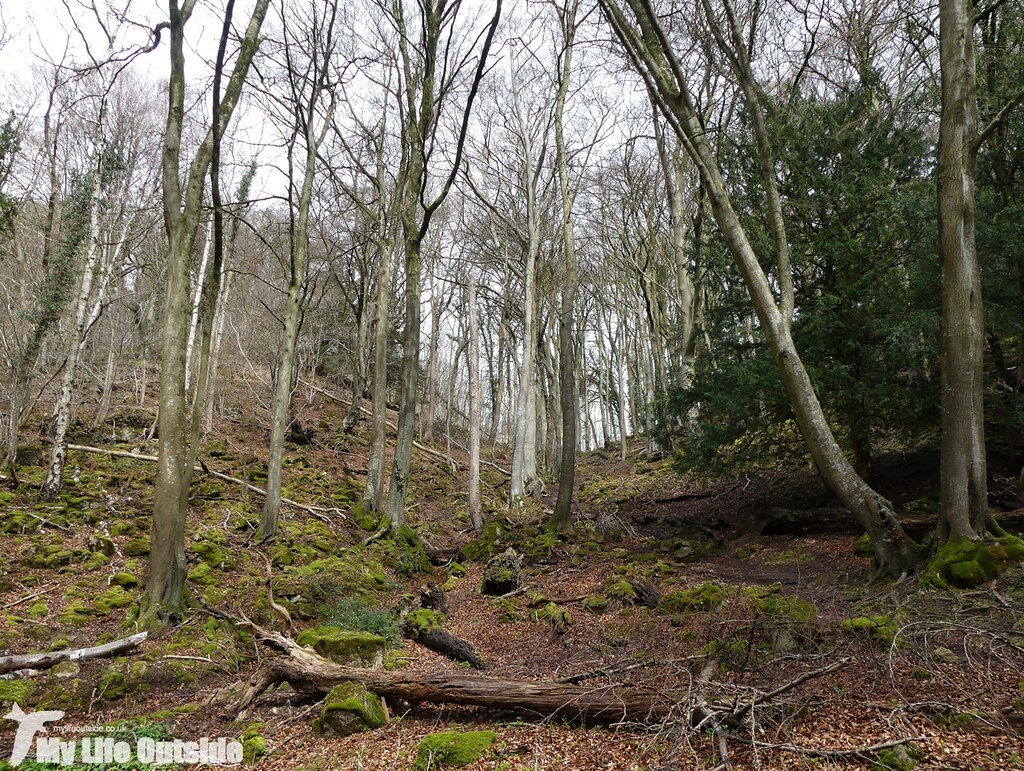
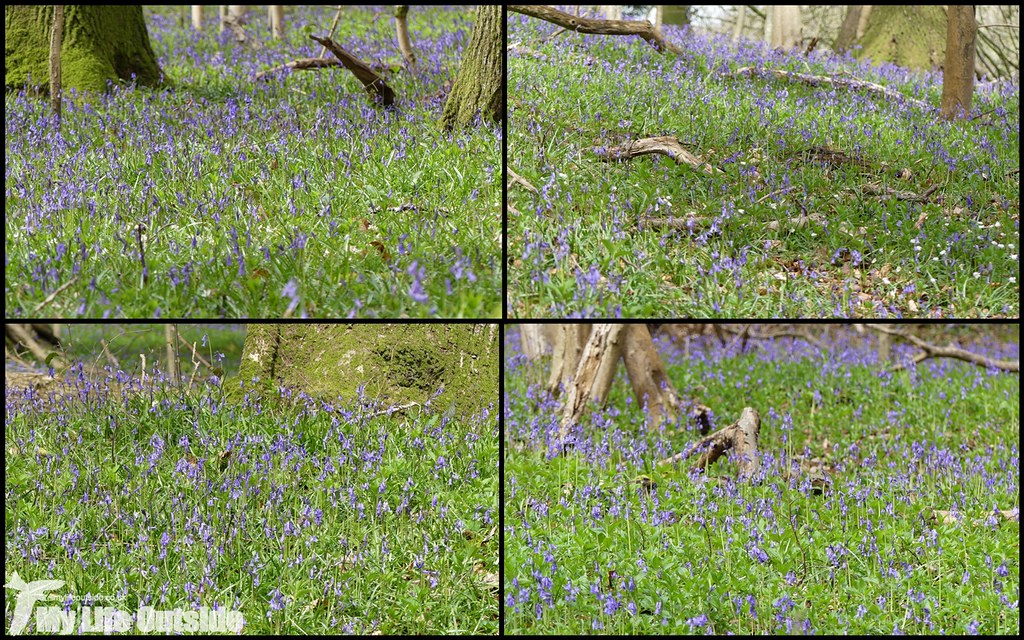
Up at the hillfort we bravely conquered its extensive earthworks and celebrated victory with a packed lunch. It is the British way after all. Sadly the earlier sunshine was again on the wane spoiling any potential views but that didn’t stop me ticking off another trig point with this unexpected find. Not the most photogenic of positions but the security certainly weren’t to be messed with.
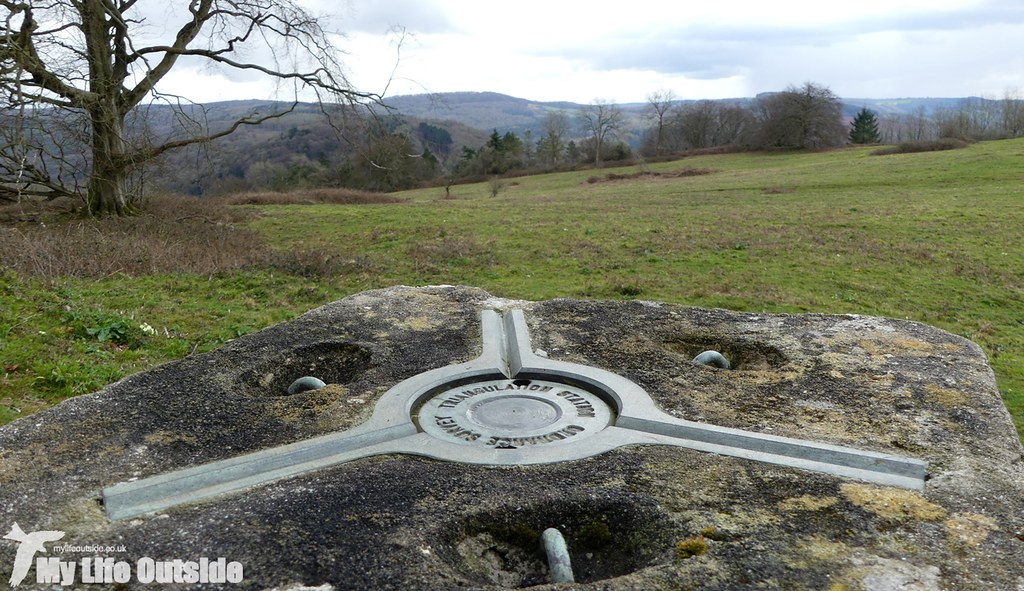
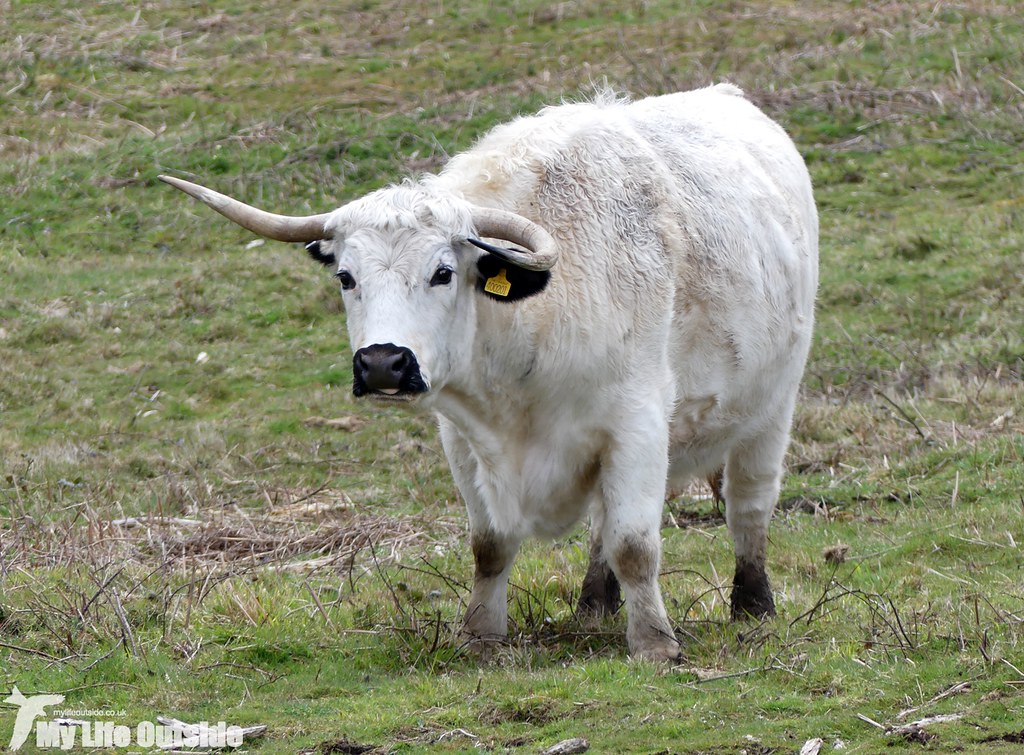
With the possibility of Goshawks very real we were keeping a keen eye on any passing raptors but in the end had to make do with a trio of Buzzards soaring on thermals. A pair of Ravens were also doing the rounds before it was time once more to head back into the trees. This time we were walking south-east along the top of the valley, passing King Arthur’s cave in the process. Now I’ve been to a surprising number of caves named after our mythical ruler but this one is probably fairly unique for the discoveries made there during numerous excavations. Remains from deep below the current floor level have included Hyena, Rhinoceros, Bison, Lion, Bear, Reindeer, Horse and Giant Deer. The landscape must have looked quite different when these beasts roamed.
Further showers and a slight diversion (we weren’t lost, honest) brought us back down to river level before the steep climb up to Symonds Yat Rock once more. A calling Marsh Tit provided a handy excuse to stop for breath but sadly my record shot isn’t really of a suitable quality to share. Far more showy was this Coal Tit at the RSPB’s watch point from where we also managed to spot the male Peregrine Falcon perched on a distant ledge. His partner was safely ensconced within a nearby cleft, sitting on eggs destined to continue a long lineage of successful breeding at this site.
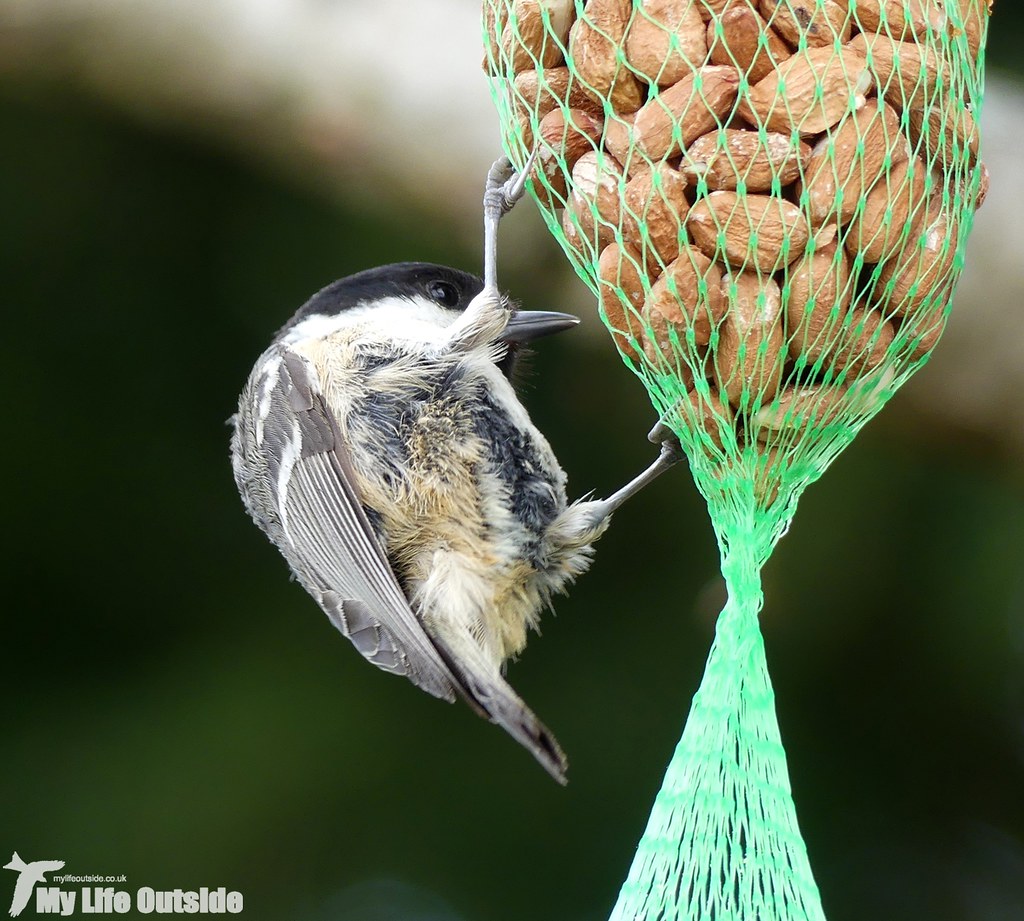
Far and away the best aspect of the day though proved to be the view. What had earlier been shrouded in cloud was now thrust upon us in all its majesty, the River Wye meandering its way through the scene like a ribbon of steel. With the sun blazing it felt so warm as to make the earlier snow seem a lifetime ago. Say what you like about Britain but you could never call its weather boring.

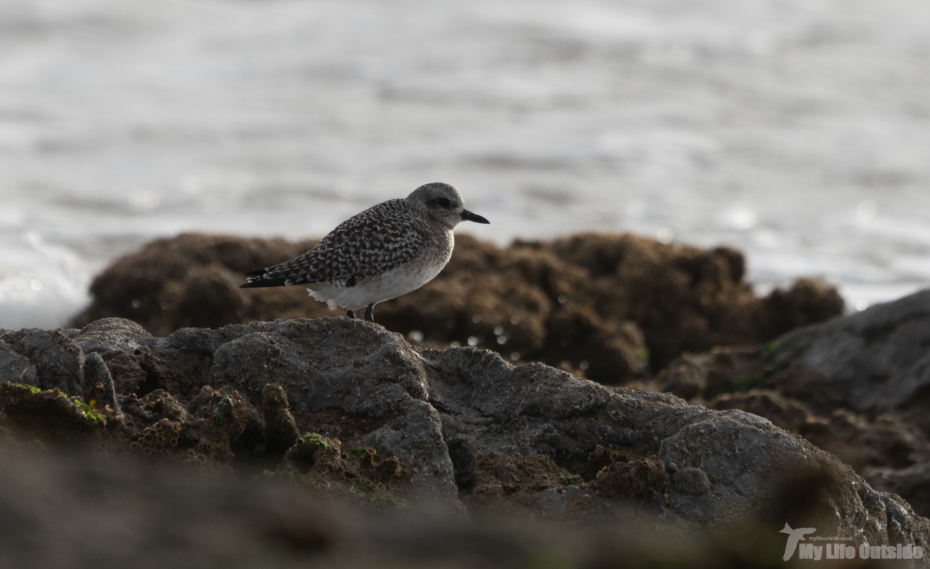
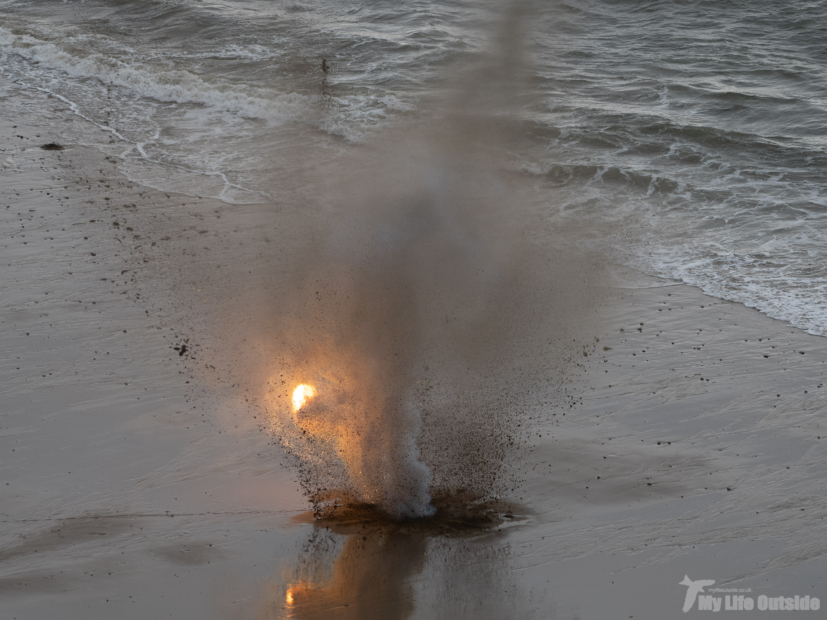
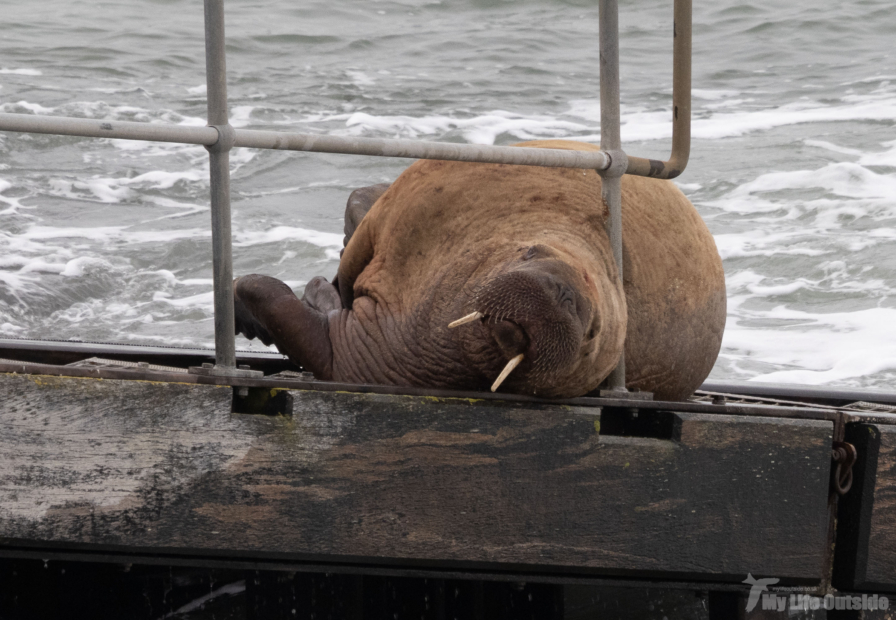
1 Comment
Caroline Gill · April 20, 2016 at 9:55 am
A superb place – we haven't been there for years.